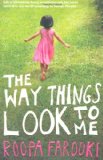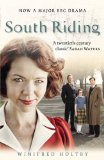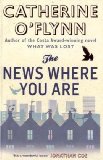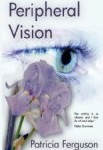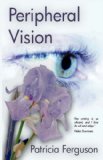
Winner of the 1985 Pulitzer Prize
What an epic! I am really pleased that after nearly three months I finally made it to the end of this massive book. I originally started reading Lonesome Dove as part of Amy’s readalong, but unfortunately I failed to keep up with everyone else and so had to make do with reading their comments several weeks after I made it to the same spot.
Lonesome Dove is the first Western I’ve ever read. It contained all the elements that I was expecting in a Western (cattle, horses, guns and the big outdoors) but the atmosphere was very different. I was surprised by the gentle humor running all the way through it and, although several people were killed, it never felt dark.
The story begins in Lonesome Dove, a small town in Texas, and follows a group of men who decide to take some cattle to Montana. We see the dangers that they face from both animals and other men, but also the complex relationships that they have with each other. Lonesome Dove crosses so many genres – it is a romance novel as well as a vivid piece of historical fiction. It is a shame that it is called a Western as I think the term is quite off-putting to some people.
The book started off very slowly – it took me about 300 pages to begin to engage with the characters, but once this happened I found them to be some of the most vivid I’ve ever read about. There was very little forward momentum anywhere in the book, so I never felt compelled to pick it up and start reading again. This made it feel much longer than its already imposing 940 pages.
The characters were very well developed, but there were many points when I wished that the book would stop fleshing out the characters and get on with the story. The plot picked up in the final section, but I was a bit frustrated by the number of loose ends left unresolved.
I’m really pleased that I made it to the end of this classic, but I wish it had more pace and a less meandering plot. There was a lot to enjoy and I do think that it is one of those books everyone should try at some point in their lives. Recommended.
Opinions are divided on this one:
…..both funnier and sadder than I’d ever anticipated. Whimpulsive
…life is too short to spend my reading time in the company of people I don’t like who are doing things I find repulsive. Semicolon
Lonesome Dove is on my all time favorites list. Capricious Reader
Can you recommend any Westerns which have a faster pace?


